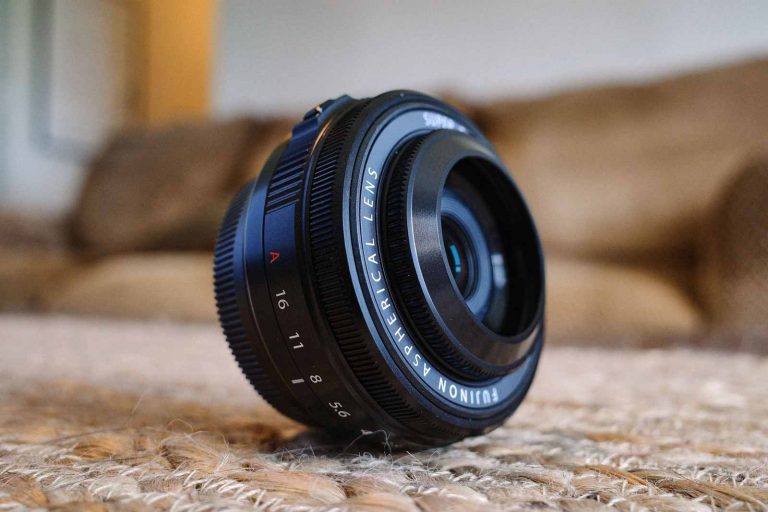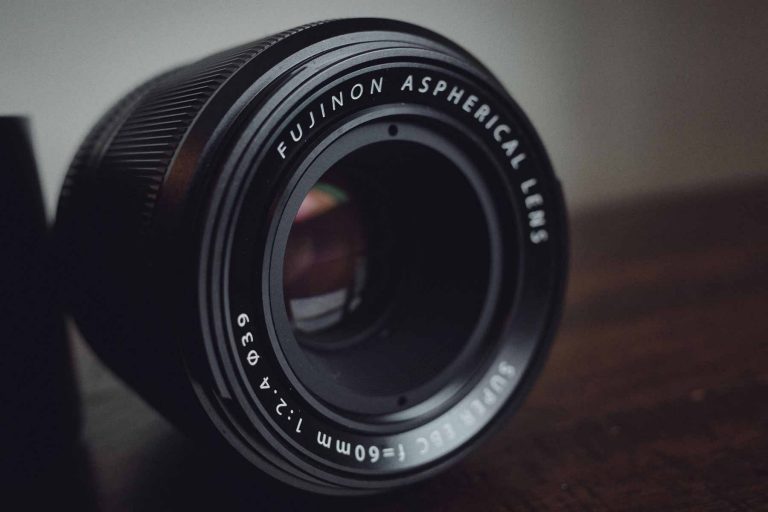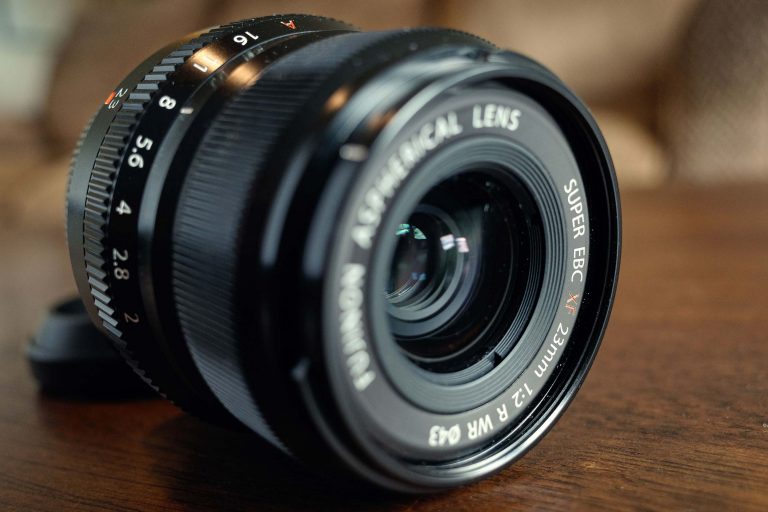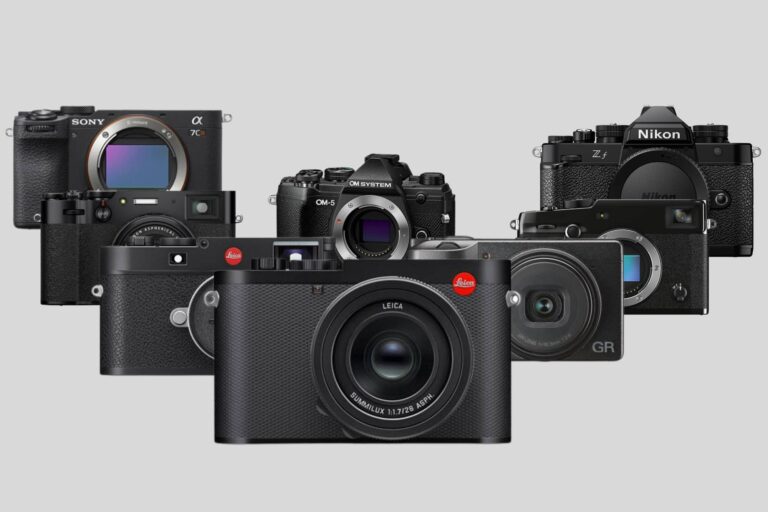Nikon 35mm f2D Review: An Underrated Nikon DSLR Lens
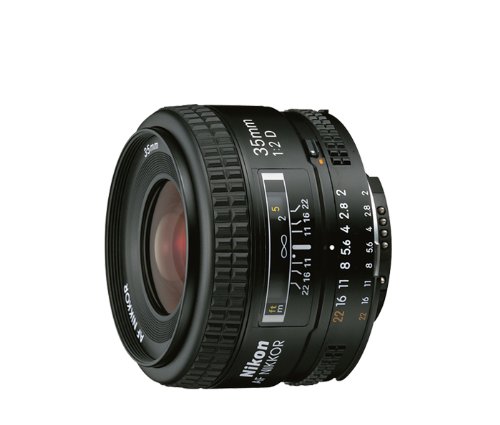
The Nikon AF Nikkor 35mm f/2D Lens is a lens that I hold near and dear to my heart because of how it was there for me during the beginning of my wedding photography career when I needed a wide angle lens at a reasonable price.
Providing optics more than usable at a professional level but at a very affordable price point, the Nikon 35mm f2 packs the most value for price of any Nikon lens that I know of. I still use this lens to this day for professional wedding photography and I would not hesitate to recommend it to other professionals.
But here’s the thing:
It’s so cheaply priced that photographers of any level of interest or ability can afford it.
Let’s face it:
Not everyone has the money to shell out thousands of dollars for a single lens; especially if you’re looking to cover more than one focal length.
The Nikon 35mm f2 covers your wide angle needs with solid image quality, a very low weight, compact size and all at a price that the starving artist photographer can afford. Whether it’s as a primary lens or as a backup, the Nikon 35mm f2d is a nice lens to have in your bag whether you’re just a hobbyist or a serious professional.
Let’s get on with the Nikon 35mm f2 review and see just what exactly makes me love this lens so much.
Build Quality/Ergonomics of the Nikon 35mm f2D
The barrel of the Nikon 35 f2 is made up of a polycarbonate plastic that has a very “plasticky” feel to it. It does NOT feel as durable as some of Nikon’s higher-end lenses.
Having said that, the build quality of the Nikon 35mm 2.0 really does not concern me. It feels pretty durable regardless of its plasticky feel.
The Nikon 35mm f2 focuses externally, so it has an inner tube that extends and retracts depending on what it’s focusing on. You would have to bang it up against something for it to matter, but external focusing lenses have an added element of fragility because of this.
There’s not a ton of lenses that are still produced that have aperture rings, but the Nikon 35mm f2 rocks it retro style. For newer cameras, you have the option of setting the aperture ring at f/22 and flipping a little switch on the side of the barrel of the lens, which locks it into place so that you can control your aperture in-camera, which is what I do.
This is the one minor buzzkill about the Nikon 35mm f2; the more moving parts on the outside of a lens, the more chances of one of them breaking.
On the other hand, the newer lenses with more complex designs are far more difficult to fix if something goes wrong. Older lenses with simpler designs like the Nikon 35mm f2D on the other hand, are a lot easier to fix without having to send it in to the manufacturer.
Size/Weight of the Nikon 35mm f2
The size and weight of this little bad boy is what I really love about it.
Less than half a pound?
I’ll take that.
It has dimensions of 2.56 x 2.56 x 1.77 inches, or in other words: it’s small enough to put in a coat or jacket pocket, which is very important to me.
To put it in perspective, the next closest lens in Nikon’s lineup is the 35mm f/1.8, which is a full 100 grams heavier than the Nikon 35mm 2.0.
When you go from using the bulkier zoom lenses to a light and compact lens like the Nikon 35mm f2, it’s like the clouds parting after the storm.
Your level of comfort really affects your enjoyment of photography – and it’s much easier to enjoy when you’re more mobile and not weighed down by bulky gear.
Nikon 35mm f2D Sharpness
This is a sharp lens. Not the sharpest in the world but plenty sharp for my purposes, which is mostly wedding photography.
Wide open at f/2, it suffers quite a bit of softness in the corners. In terms of corner sharpness, the 35mm f/1.4 fares far better than the 35mm f2D. But that’s what should be expected for a lens that costs four times as much (but also took far longer than necessary to arrive on the market twenty years later.)
But I’m just not all that concerned with corner sharpness most of the time because most people looking at photos aren’t going to notice it.
Stop down to f/4 and smaller and you’re good to go – it gets a lot sharper across the frame.
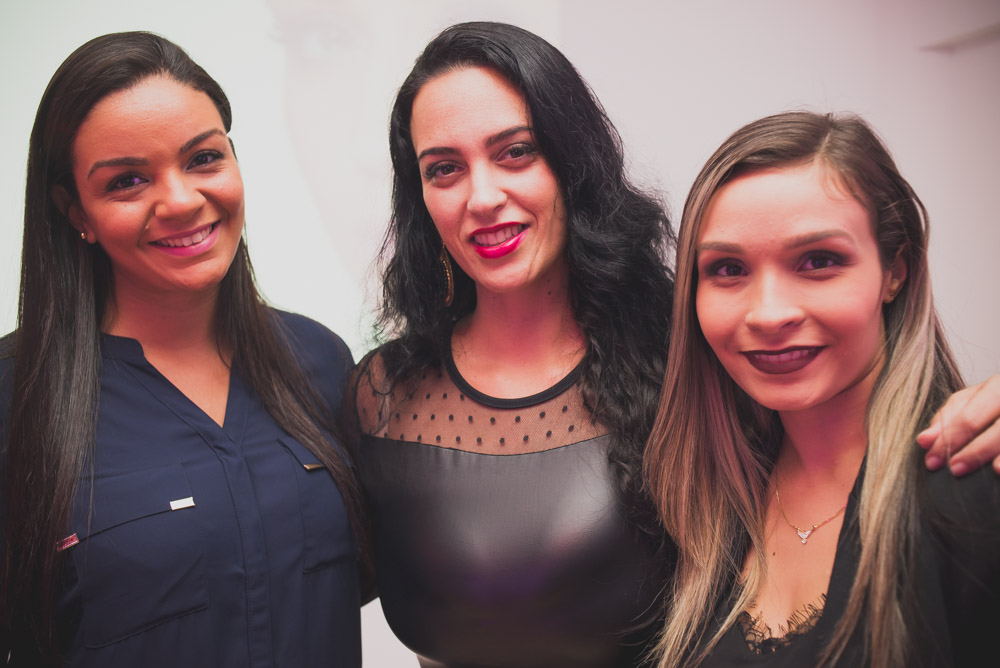
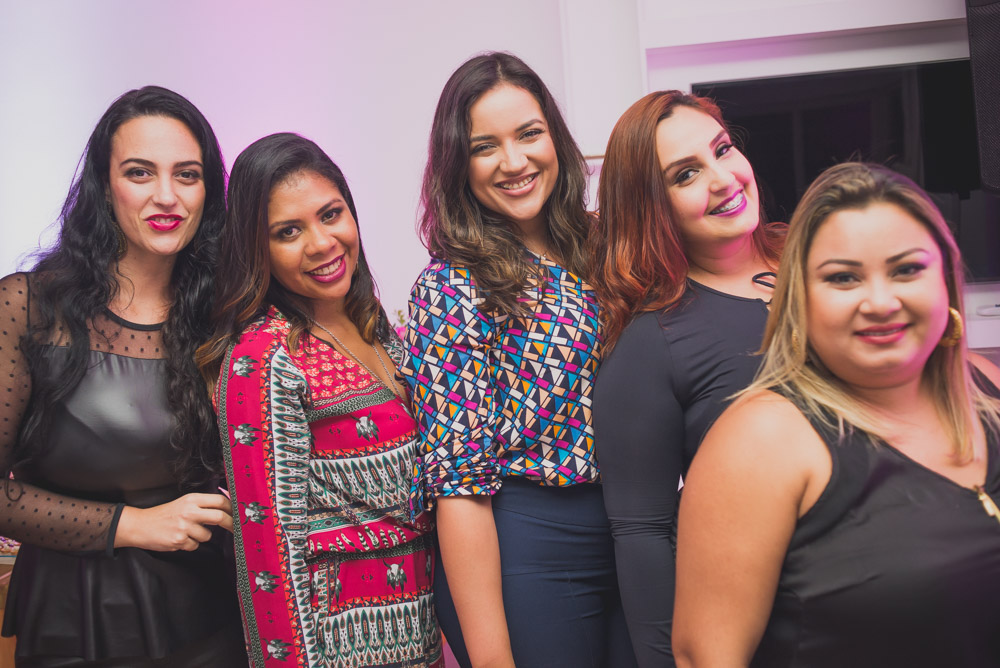
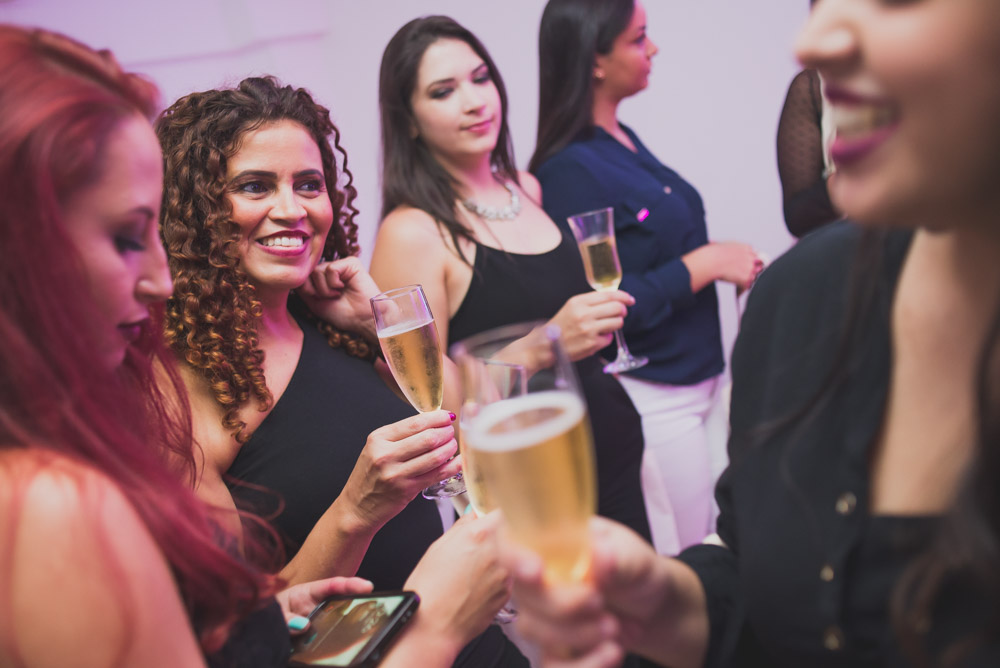
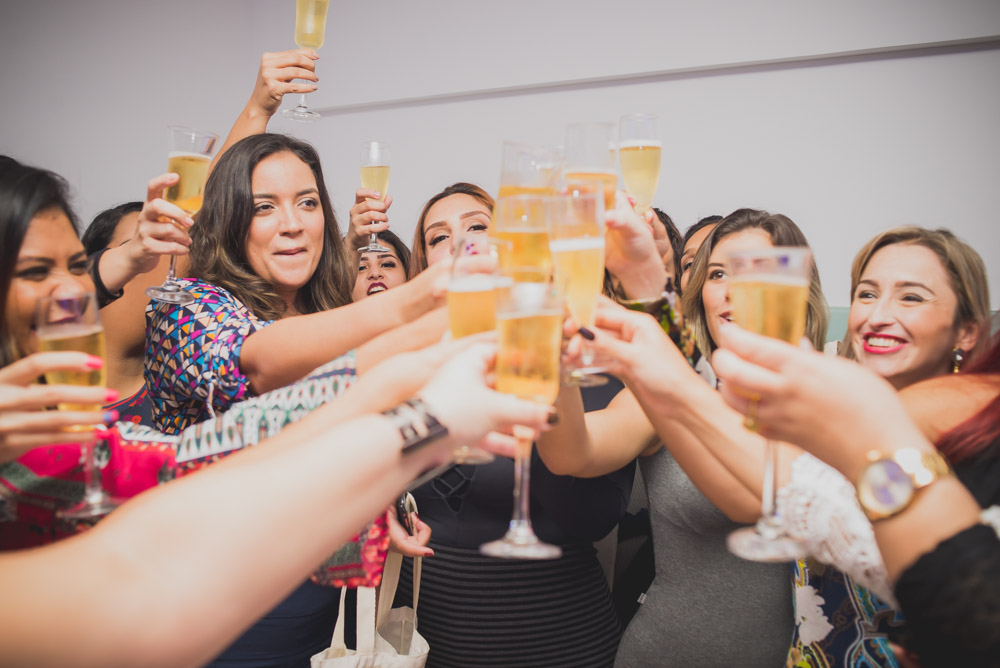
Chromatic Aberration
There is a slight bit of chromatic aberration when the Nikon 35 f2 is shot wide open, but overall it’s kept to a minimum. Plus it’s the type that occurs in the out-of-focus areas and can be corrected well in Lightroom.
Distortion
As expected with a moderate wide angle like 35mm, the Nikon 35mm f2D has slight distortion. I correct for distortion with this lens in post processing when I want very straight lines – like when I’m going for an architectural church shot at a wedding. But for the most part I don’t even mess with correcting for distortion with it.
Ghosting/Flare
Even without Nikon’s Nano Crystal Coating (their magic fairy dust used reduce ghosting and flare), the Nikon 35mm f2D has practically zero ghosting.
And the flare that it has is the old-school attractive flare that I like – the type of cool flare that so many newer lenses are losing in the name of newer technology.
And while that technology has its place, I’m a real big fan of the look you can get from older lenses. Flare is one of them. Here’s another:
Sun stars.
Sun stars are those beautiful star-shaped suns that you get in photos when using older lenses. In photographers’ constant and obsessive quest to attain better and better bokeh by making aperture blades as rounded as possible, we lose the sun star aspect of photography. With newer lenses, if you include the sun in your frame it usually turns out like a big, shapeless blob.
Luckily, the Nikon 35mm f2D is here to save the day for sun stars.
Including the sun in the frame with the Nikkor 35mm 2.0 leaves you with beautiful, charming sun stars that can be used for artistic effect.
Vignetting
Vignetting wide open with this lens of very obvious. I like vignetting in a lot of my photos so in a lot of instances I don’t bother correcting it – but it is correctable in post if it’s not your style. By f/2.8 it’s significantly reduced and by f/5.6 it’s gone.
Autofocus of the Nikkor 35mm – Surprisingly Snappy
Being as this Nikkor 35mm is an externally-focusing lens, I didn’t have high expectations for its autofocus speed.
But I was pleasantly surprised to find that the Nikon 35mm f2D has plenty of speed for the often-moving subjects that I shoot during my wedding photography. It’s not a speed demon like the 70-200 or the 24-70 but focuses at a very reasonable speed.
The best part?
Its accuracy is spot-on. It’s not like instantaneous focus but once you’ve placed your focus point on your subject, it does a really good job of focusing on what you want it to without it hunting.
In low-lit churches it has no problem acquiring focus and locking on.
The only time I’ve experienced it hunting back and forth is in very low light situations with no contrast to focus on.
Bokeh
With 35mm lenses, you don’t get the same subject separation that you do with longer focal lengths. So I’m not looking to get a bunch of subject separation or crazy awesome bokeh when I’m using a 35mm prime.
In fact, I’m often stopped down to smaller apertures like f/5.6 or f/8 specifically for the purpose of bringing more of the scene into focus.
It’s definitely harder to photograph like this – you’re not throwing the background out of focus so you have to pay more attention to your compositions. But the results are totally worth it.
With that said, the Nikon 35mm f2D’s bokeh is fine. Most bokeh purists who only like the roundest of bokeh are probably going to tell you that the bokeh of this lens is jagged or “nervous” or whatever. And it’s certainly not as rounded as some other lenses.
But here’s the thing:
Lenses are photographic tools. And every tool is going to get you a different effect. As photographers, we should be choosing our tools according to the effect we’d like to achieve.
Where am I going with this?
The point is that sometimes, when the situation calls for it, we may want to choose a lens with a less circular bokeh or a lens with more or less contrast or for a million other reasons. We should choose our lenses for more meaningful reasons than just for bokeh.
Who would I recommend the Nikon 35mm f2D to?
If you shoot with Nikon full frame DSLRs, you really can’t go wrong with this lens. There are various reasons to keep it in your bag, whether as your primary 35mm or as a backup to something like the 35mm f/1.4.
I find the 35mm focal length incredibly natural to shoot with. It definitely has to do with the field of view being just slightly wider than that of the human eye. With 50mm lenses, I often wish I had more room to back up and get annoyed shooting them indoors because of how tight they are.
So because of the incredibly useful field of view you get with the 35mm focal length, I recommend the Nikon 35mm f2D to these folks:
- Casual Photographers Will Love it
If you’re the typical shutterbug who likes to photograph your family, friends, your kids, nature, things around the house or just life in general you’ll love this lens. For casual purposes, you don’t need to go and shell out a ton of money for a heavy lens that’s gonna weigh you down like the Nikon 35mm f/1.4. Besides, that lens may have better image quality but does it justify costing four times the price? My opinion is no, unless you make a living from photography.
- Wedding Photographers
This is my most used lens as a wedding photographer by far. The majority of my work is done with two camera bodies and two lenses. That’s it. I’ve got my Nikon 35 f2 on one side and an 85mm on the other. That way, when I’m up close to the action I’m ready with my 35. And if I’m far away or I want to enhance a smaller detail I whip out the 85. You don’t have time to change lenses.
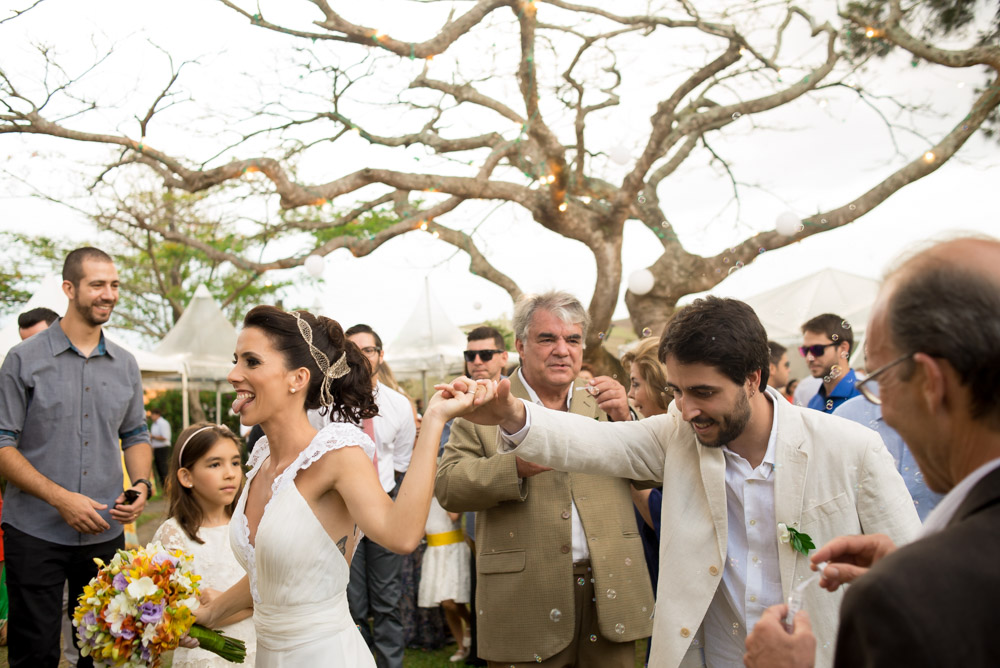
Quick note: when I’m shooting the bride and groom getting ready before the ceremony, 90% or more of the time it’s with this lens. I’m often in cramped spaces like hotel rooms; I want to show multiple subjects interacting with each other and I just can’t do that with a 50mm – it’s just not wide enough. I started out shooting weddings with a 50mm but I had to get something wider. 35mm is just wide enough to not noticeably distort your subjects.
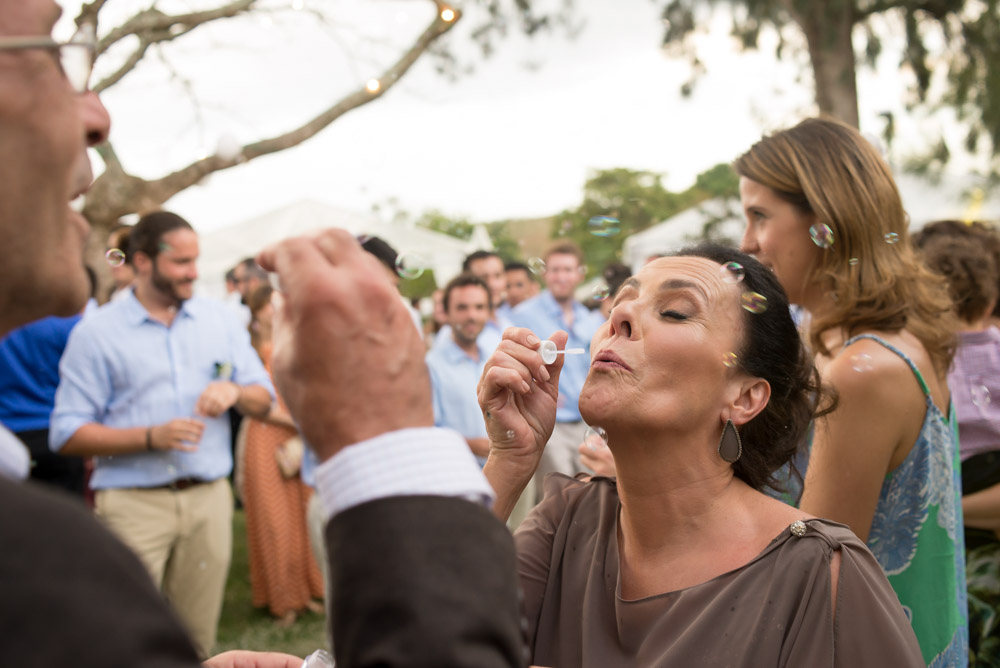
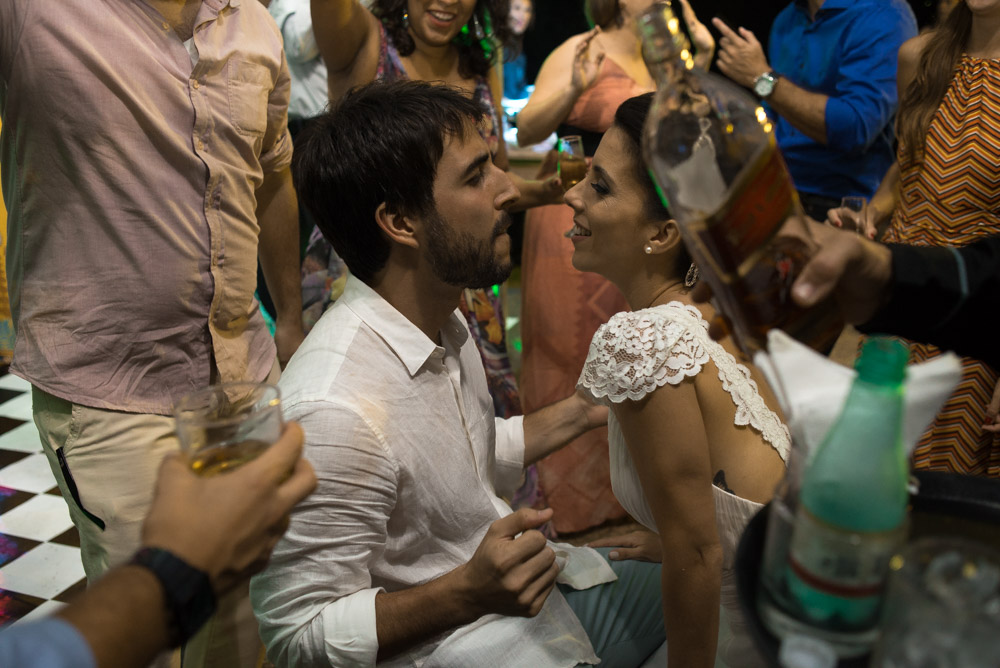
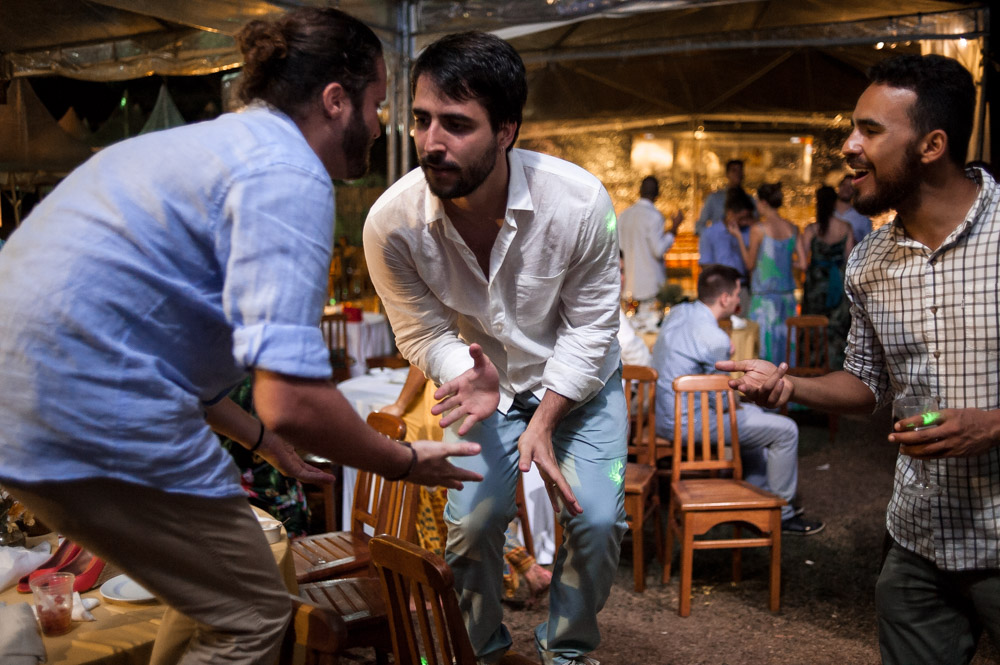
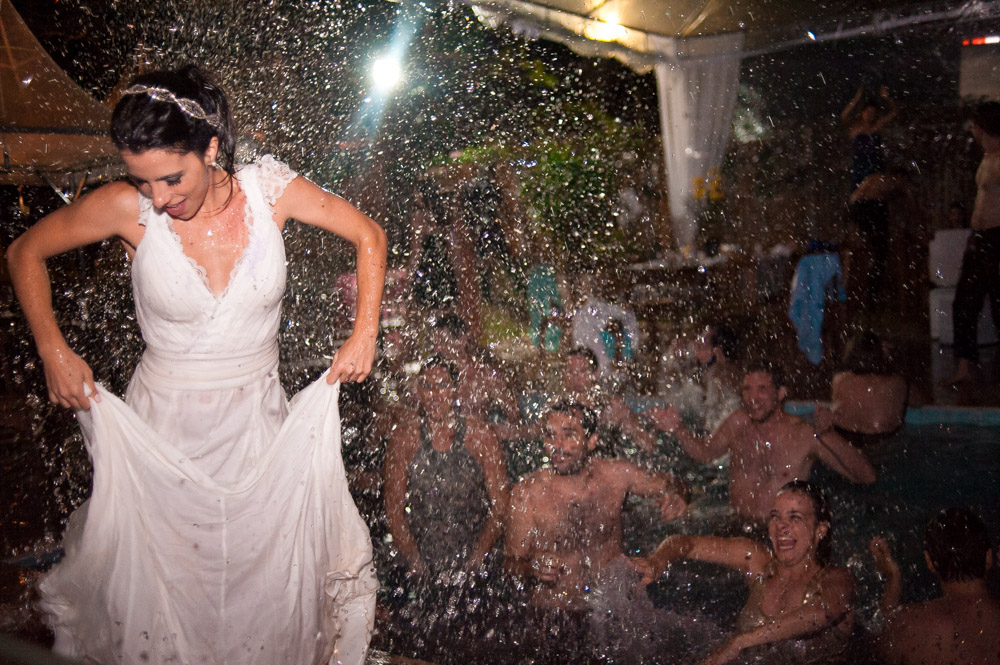
- Sports Photographers
The Nikon 35mm f2D can be used for situations in sports photography when you’re up close to the action. Think shooting your end of the court if you’re shooting from the baseline at a basketball game, shooting players being interviewed after the game from on the field, etc. Ideally for sports you’d be shooting with an uber fast-focusing lens that covers the 35mm focal length like the Nikon 24-70. However, the Nikon 35mm 2.0 is plenty capable for sports shooters on a budget.
- Landscape Photographers
In my opinion, every landscape photographer should have a 35mm lens or have the focal length covered by a zoom lens. When stopped down to smaller apertures, this Nikkor 35mm becomes very sharp – great for getting everything in focus in landscapes.
- Portrait Photographers
35mm is not a traditional focal length for portraits, and for good reason – the more rounded field of view is unflattering for human subjects. But as long as you’re not doing headshots, this lens will do an acceptable job of it. Just keep it to waist-up and full-body shots.
- Street Photographers
First off, if you’re still lugging around a bulky DSLR to do street photography then I’d recommend getting a lighter, smaller compact camera like one of the Fuji x100 cameras or my personal favorite, the Ricoh GR II. But if you’re going to use a DSLR, it’s best to go with the smallest and lightest lens possible. The Nikon 35mm f2D provides that, plus 35mm is a great focal length for street photography.
Value
I wouldn’t love this lens as much if it weren’t such a good deal – but it’s an awesome deal.
If you wanted a 35mm Nikon lens just a few years ago, your only other choice for a long time was the redonkulously expensive Nikon 35mm f/1.4 (now we have the AF-S FX NIKKOR 35mm f/1:1.8G ED as an option as well) and this 35mm f2.
And while this is a great lens, there wasn’t anything priced between the two or even a lens cheaper than this one.
The 1.4 is over four times the price of this little guy! Plus that lens doesn’t have the discreet ninja maneuverability that the Nikkor 35mm 2.0 has.
The 1.4 does have beautiful optics though, so if you’ve got the cash — have at it hoss.
I got a great deal on my used Nikon 35mm f2D on Craigslist. Even though it was in perfect condition I paid just two hundred bucks! So keep your eyes peeled for good deals and you just might get lucky.
Final Thoughts on the Nikon 35mm f2D
I know I’ve ranted here, so what’s left to say about it?
It’s one of my favorite focal lengths, it’s sharp and focuses pretty fast. It’s also very light and small, which is one of my main priorities as a photographer. Not every photographer values compactness and weight as much as me but to each their own.
Last but not least, the value you get for the price of this lens is insane. If you’re ballin on a budget the Nikon 35mm f/2 is a pretty good lens to add to your bag.
I really couldn’t ask for much more for the price, other than sharper corners.
Here are some more Nikon gear reviews:
- Nikon 24-70mm f/2.8G ED Review
- Nikon 50mm f/1.8G Review
- Nikon 60mm Macro 2.8 G Review
- Nikon 85mm f/1.8 G Review
- Nikon 70-200mm VR II Review
- Nikon SB-700 Review
- Best Nikon Lenses for Weddings
- Best Nikon Portrait Lenses
- Best Nikon DX Lenses
- Best Nikon Lenses for Landscape Photography
- Best Lenses for Nikon D750
- Nikon Photography Hashtags

